Farmers’ markets have been around for centuries. They’re a great way to get fresh produce and connect with customers, but they also require some time and money to get going. If you’re considering starting a farm stall at your local farmers market, here’s what you need to know about the costs and payoffs of selling at a farmers’ market.
- Farmer’s market stalls cost money.
- How much can you sell at the market?
- Farmers’ markets have startup costs, but can be lucrative.
- Calculate your minimum sales target.
- Ask other vendors how much they make.
- Don’t burn out from over-farming.
- It’s not free or easy to operate a farm stall at a farmers’ market, but if you do it right, it can be reliable and lucrative
- Conclusion
Farmer’s market stalls cost money.
It’s important to know that farmers’ market stalls cost money. The amount you pay depends on a few factors. The size of your stall, the location of your stall, and when you’re selling at the market are all factors that will affect how much you end up paying.
So let’s take a look at some typical costs associated with using a farmer’s market stall:
- Size: The larger your space, the higher the price. You can expect to pay around $2 per square foot for an 8 x 10-foot space in peak season; in off months it might be half that price or even less. These prices are for one day only; if you want to use a particular space for multiple days throughout the year, it’s likely that your cost will increase since those spaces tend not only to be bigger but also more desirable than smaller ones due to the increased foot traffic from customers who visit more frequently during each visit (meaning they’ll spend more money).
- Location: If there is competition for locations within close proximity then competition will increase amongst vendors vying over these prime locations which may result in higher rental fees charged by organizers/managers who wish access complete control over where their vendors set up shop each week/month depending on what time frame they commit themselves too long term agreements like this usually provide added security end users know where exactly located ahead schedule so they can plan accordingly however if given option between several choices regarding placement then go with the cheapest option available
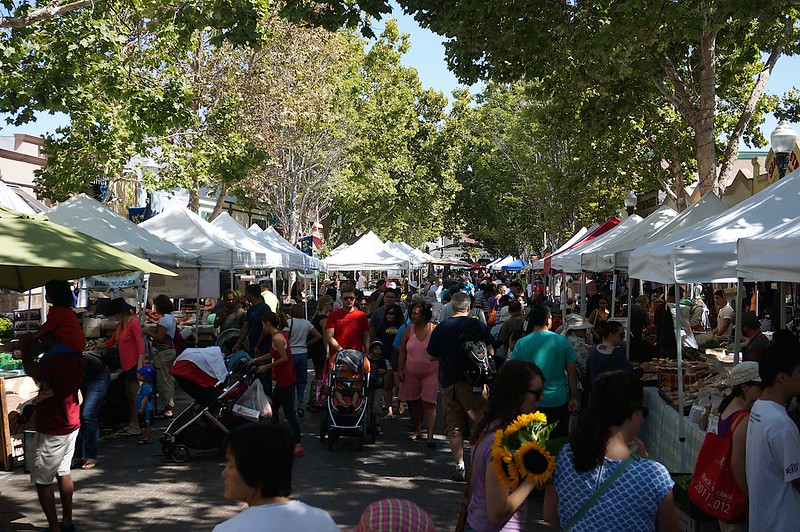
How much can you sell at the market?
The amount you can sell is one of the most common questions I get. I think it’s because it’s hard to know what to expect when you’re entering a new market with a new product. There are so many factors that come into play, and they’re all interconnected:
- How much do your customers want your product
- How much they’re willing to pay for it
- Whether or not they know about your product before they see you at the market, and if so, how much effort (and money) did you put into marketing?
But don’t worry! You can sell a lot more than you think! In fact, if someone sells out at the market every weekend in the summertime, that means that person has been able to get their pricing just right. It’s not about having an awesome idea or having the best ingredients—it’s about knowing how much people will pay for what you have on offer and doing your marketing well enough so that those people make their way over from Instagram or Facebook where they saw/heard about your stall first time around.
Farmers’ markets have startup costs, but can be lucrative.
- Start-up costs can be high
- Start-up costs can be recouped
- Costs can be reduced by working with other vendors, finding free or low-cost space, and selling prepared foods
Farmers’ markets are a great place to sell your produce, but they do have start-up costs. One of the biggest expenses is buying or renting tables, tents, and displays. If you’re selling prepared foods, like baked goods or jams and jellies, then you’ll also need utensils and serving dishes.

Calculate your minimum sales target.
Calculating your minimum sales target
There are several ways to calculate the minimum sales target for a specific market, day, or product. Some farmers and producers use the following formula:
- [# of people you want to see at your booth] * [your target price per item] = total minimum sales needed
This means that if you’re selling one product at your booth and you want 50 people to come through on average each week, then you need a minimum of 5 items priced at $10 each (50 people X 10 products).
Ask other vendors how much they make.
The price you charge for your goods is a key factor in determining how much money you’ll make selling at a farmer’s market. If you want to get a sense of what other vendors are charging for similar products, ask them directly or do some research online before setting your prices. Once you have an idea of how much other vendors are charging and what kinds of prices are considered acceptable at the market, use that information as a guideline when setting your own prices.
It’s important to note that each market is unique and what works at one may not work at another. For example, if you’re selling vegetables and your competitors are selling them at $5/lb, it might not be wise to set your price as low as theirs. While they may have a regular customer base who’s willing to pay more than the average person just because they know their products are fresh and locally grown, that doesn’t necessarily mean those customers will buy from you. However,
Don’t burn out from over-farming.
It’s important to be realistic about what you can handle. While there are some who comfortably work six days a week, many farmers sell their wares at only three or four markets per week. This is especially true for those who sell at fresh markets that require them to be there early in the morning, then again late afternoon; if you’re not a morning person, don’t feel like you have to start at dawn just because that’s when everyone else does!
Many farmers say they had trouble managing all of their sales channels—they felt as though they were always “too busy” and burning out fast. The best way around this problem? Limit yourself! Don’t try selling everything under the sun; instead, focus on one type of product (or two) and build your business from there.
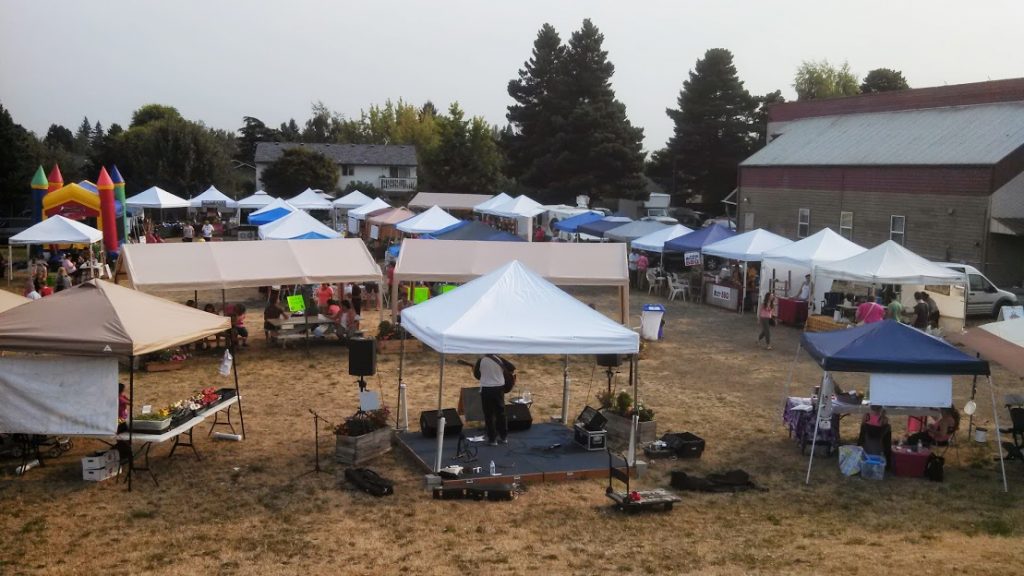
It’s not free or easy to operate a farm stall at a farmers’ market, but if you do it right, it can be reliable and lucrative
It’s not free or easy to operate a farm stall at a farmers’ market, but if you do it right, it can be reliable and lucrative. Here are the costs you should consider:
- Cost of the stall itself (if you don’t already have one)
- Marketing costs, such as printed materials, social media advertising, and promotions
- Equipment costs (if any) for example shelving units or coolers for your produce
- Insurance premiums for your business and yourself individually (if you’re working on site)
- Staff salaries (if needed)
- Transport costs if required to get there in time – may include fuel or public transport tickets
- Storage space or refrigeration if needed to keep produce fresh between days/weeks
Conclusion
Farmers’ markets are an excellent way to sell your produce and make money. However, they do have costs associated with them, so it’s important not to over-commit yourself. As long as you take these things into account when planning your business, though, the sky’s the limit!

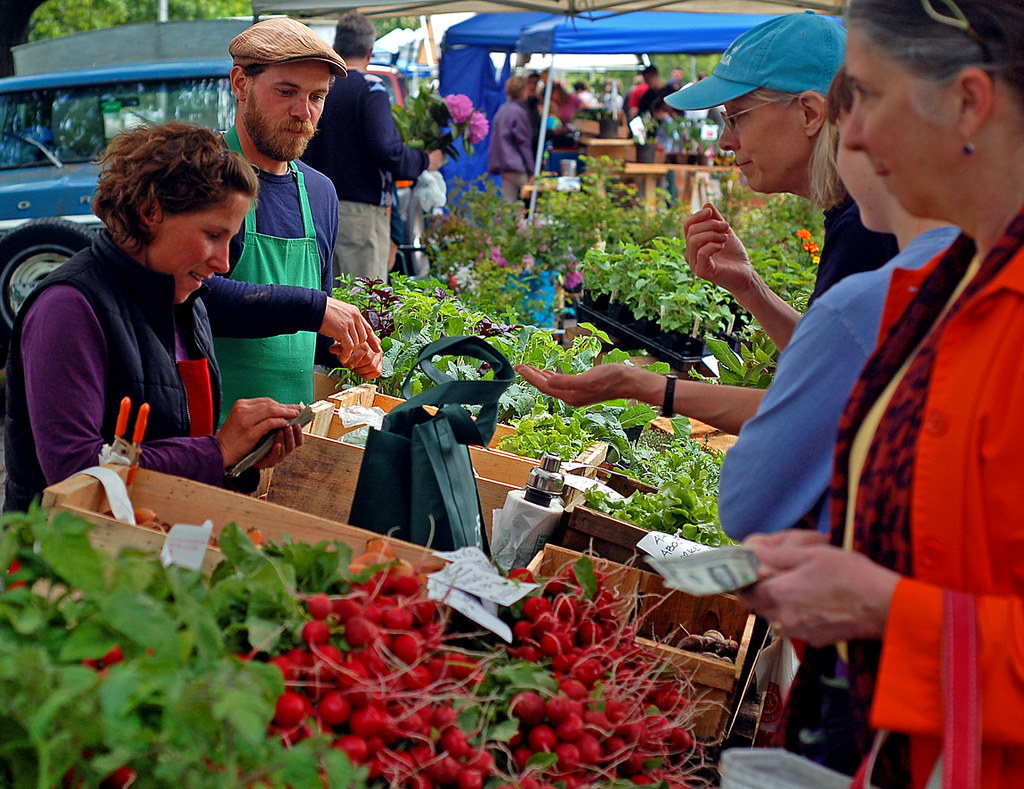
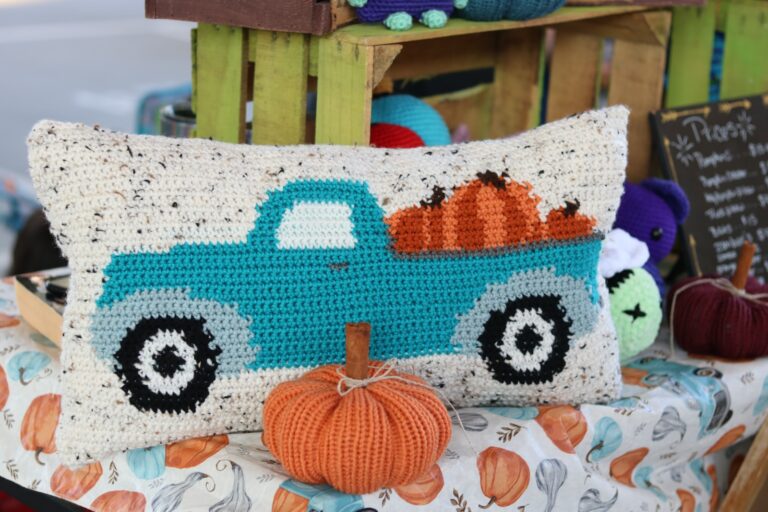

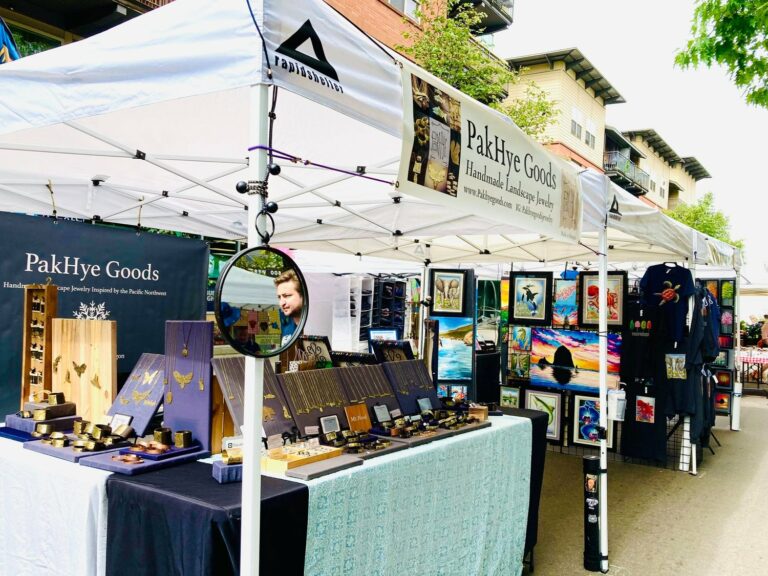
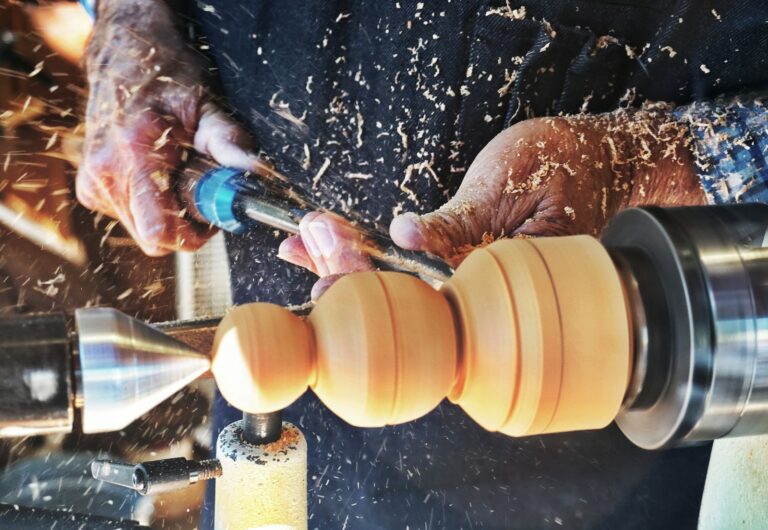
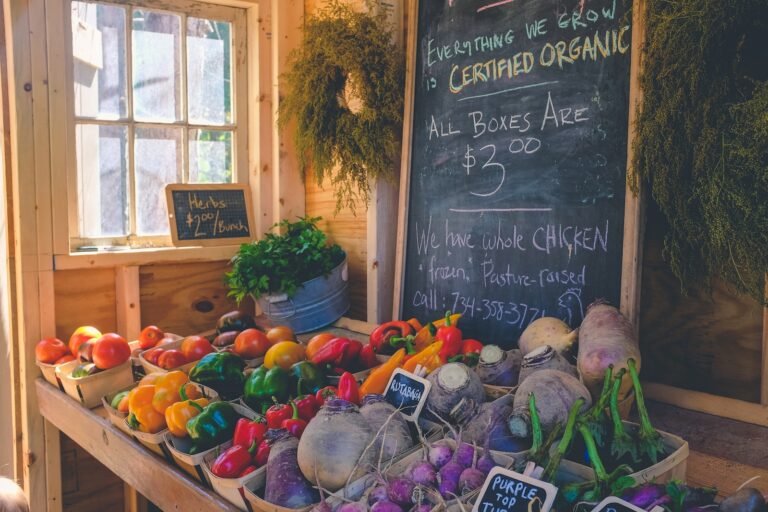

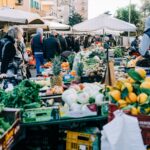
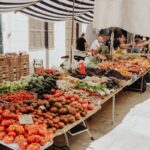
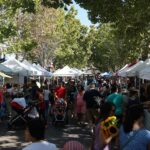

[…] check out what other vendors are selling at the market. This can help give you an idea of how well other businesses do at that particular venue as well as […]